Electric Motorcycles and the future of motorcycling
An informed discussion with three view-points
With the EU moving towards a mandate for the cessation on sales of petrol powered cars and motorcycles by 2035 there is little doubt that Australia will follow a similar course of action. Thus we thought it a good time for Trev to air his views on the current state of play and then invite two smart guys that are both heavily invested in, and very knowledgeable of the challenges and advantages that electric motorcycles have the potential to bring. Both have built and designed their own electric motorcycles and are Australian EV pioneers and can add much to the discussion.
Trev
“There is no doubt that unless truly monumental steps forward are made in relation to battery technology, touring Australia by motorcycle will become virtually impossible when legislation eventually ends the days of the internal combustion engine.
“Australia is the sixth largest country in the world and the world’s largest island with a land mass of 7.7 million square kilometres which equates to five per cent of the global land mass, yet has a population that is less than cities such as Tokyo, Delhi or Shanghai. Once away from the major cities, where 67 per cent of the Australian population live, the interior is one of the most sparsely populated areas on the globe. We are a long way from where these new emissions legislation rules are being made and with our wide open spaces these restrictions will affect us more greatly than most places on the planet.
“Currently you can cross Australia on the southern routes without having to go more than 200 km between fuel stops. You can ride most of the way up the eastern and western seaboards on even shorter ranges until you get north of the Tropic of Capricorn, and even then there are only a couple of stretches where ranges in excess of 250 kilometres are required. And of course with fuel it is a simple case of splash and dash and you are generally back up and running in under ten minutes. No planning required. I could set off tomorrow on virtually any conventional motorcycle and repeat my 16,000 kilometre in 15 day lap of Australia without a worry in the world and nothing but a credit card in my pocket. Notwithstanding the individual fiefdoms that Australia has now become with closed state borders of course, don’t get me started on that score!
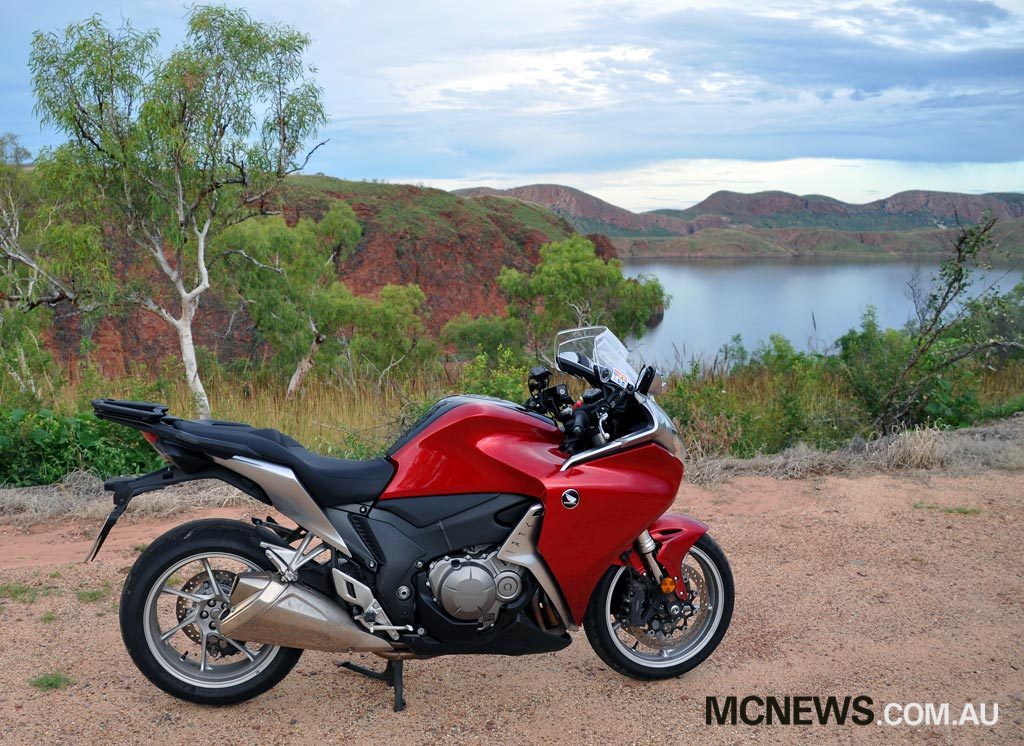
“On current technology and infrastructure if you can find a power-point in the bush, you might be twiddling your thumbs for ten hours or more in order to obtain a full charge from empty. Even a Perth to Melbourne run, a relatively short 3500 kilometre distance that is easily ridden in three days if not meticulously planned while riding something akin to a $50,000 Harley-Davidson LiveWire or similar EV motorcycle, would likely take longer than my 16,000 kilometre lap of the country. And that journey would be the antithesis to what my type of motorcycle touring is. Touring on two wheels for me is best enjoyed with the minimum planning possible and no real schedule to stick to. Otherwise it just feels like work and tedium. Motorcycles are about freedom and fun, not schedules. And motorcycle touring is not about waiting around for half your trip waiting for your motorcycle to charge. On current EV technology you would spend more of the trip waiting for your motorcycle to charge than you would spend riding…
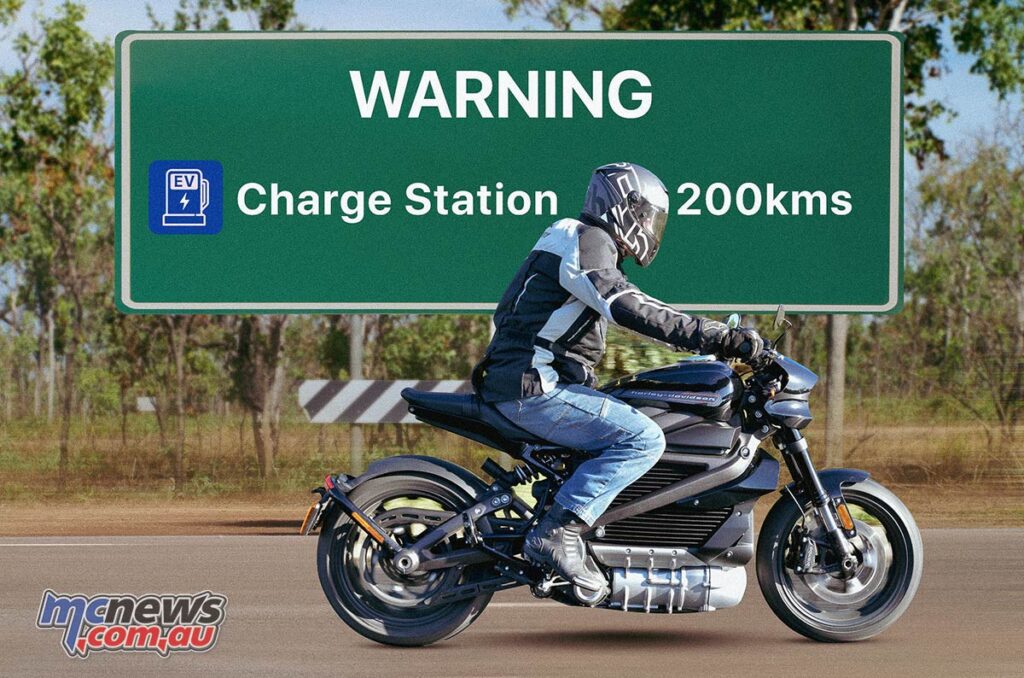
That said, I applaud H-D for investing in to this future and I think the first generation LiveWire might eventually become a sought after collectible.
“Modern combustion engined motorcycles achieve their best economy on the open highway, these days generally sipping around five-litres of juice per 100 kilometres. Conversely, open road touring is actually the worst case scenario in regards to range for battery powered motorcycles as there are no braking cycles to help recharge the batteries and the bikes are under a constant throttle load. Thus at the moment, and for the foreseeable future, battery powered vehicles are by far more practical in the urban environment than they are in rural or even outer urban areas. The current options when it comes to EV motorcycles rarely achieve ranges exceeding 120 kilometres during highway running at the national speed limit.
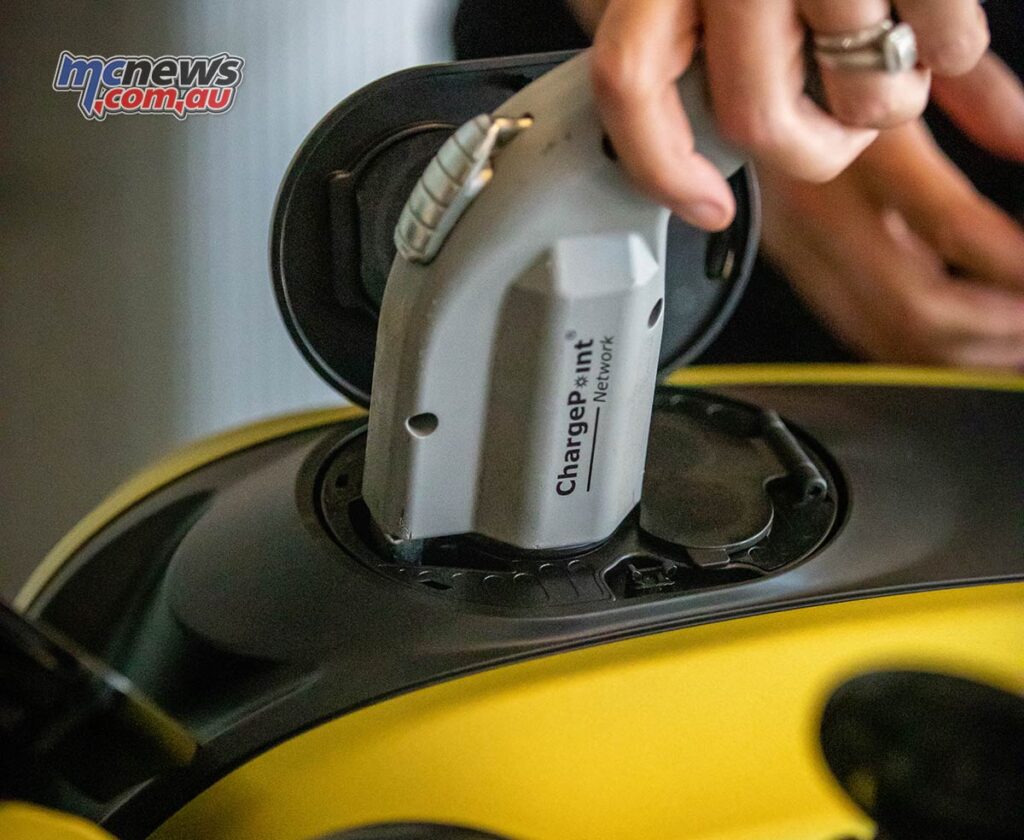 “Does this mean that for the foreseeable future the only real practical battery powered motorcycles will be scooters used in the city?
“Does this mean that for the foreseeable future the only real practical battery powered motorcycles will be scooters used in the city?
“Right now, to my mind, this is where the battery tech is getting good enough to be a truly viable practical alternative to a petrol powered two-wheeler. But there is also a significant price penalty to pay to go EV.
“Suzuki’s Address 110 sells for $3790 Ride Away, nudges 100 km/h and sips only two-litres per 100 kilometres. Thus it has a range approaching 250 kilometres from its 5.2-lite fuel tank, but let’s go worst case scenario and say the range is 200 kilometres.
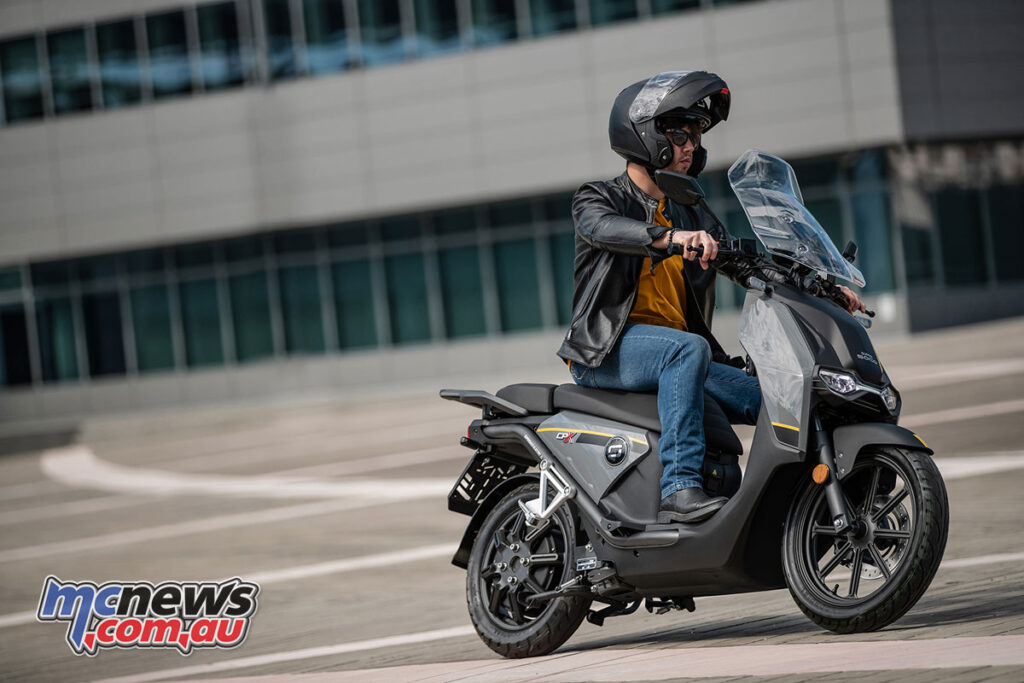
“One of the newest EV scooters on the market that is just about to launch in Australia is the Super Soco CPx. It has a range of up to 75 kilometres when a 75 kg rider averages 45 km/h, but in reality its true range is more like 60 kilometres. The price tag is more than twice that of the Suzuki but it’s fair to assume that the EV perhaps accelerates quicker, however its 90 km/h top speed is actually slower than the little Suzuki. Charge time is about 3.5 hours and while an extra battery can be added to the PCx for $2300 that doubles the range to over 120 kilometres, it also adds a couple of hours to that charge time. For less than the price of Super Soco PCx you could have a wonderful XMAX 300 Yamaha. A much larger, roomier and more comfortable scooter that will cruise comfortably at 110 km/h and also offer overtaking power good enough to crack 150 km/h while sipping a few litres per 100 kilometres.
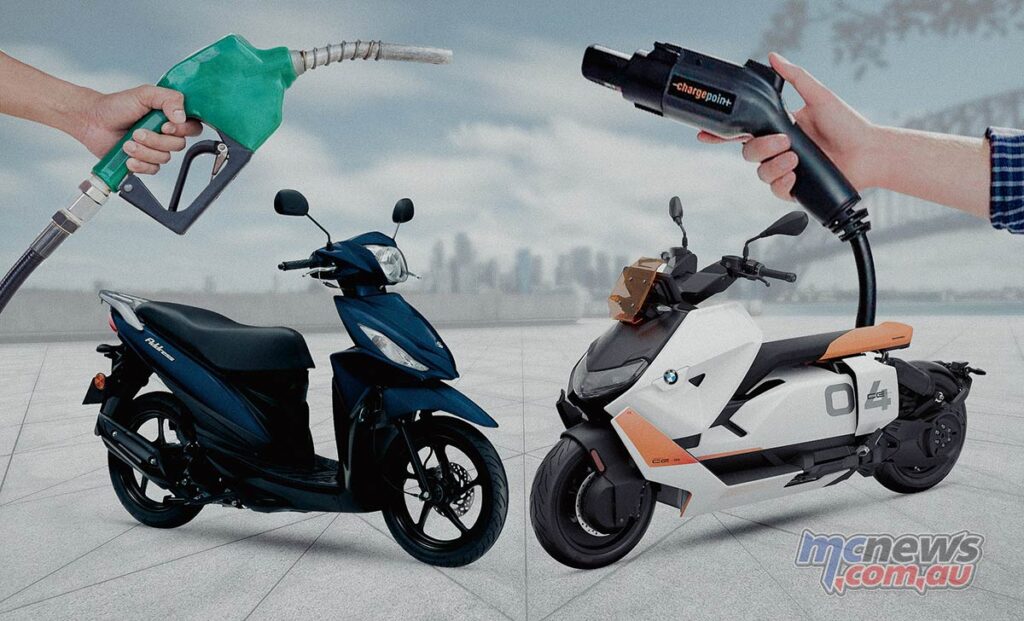 “So essentially you currently pay double for the EV option if comparing models of similar performance. That also rings true in the world of full-size motorcycles with Harley’s new V-Twin Sportster 1250 S to retail for just over 25k, half the price of the EV LiveWire.
“So essentially you currently pay double for the EV option if comparing models of similar performance. That also rings true in the world of full-size motorcycles with Harley’s new V-Twin Sportster 1250 S to retail for just over 25k, half the price of the EV LiveWire.
“There is no doubt that EV is coming but early adopters certainly pay a hefty price premium for the benefits, perceived or otherwise, of going without petrol.
“I would love to get my hands on BMW’s coming electric CE 04 scooter with its impressive power (42 hp) and torque (62 Nm), creature comforts and avant-garde looks but when it arrives early next year it will wear a price tag over 20k. Even this top of the range EV still only promises a range of 130 kilometres. Its top speed will be limited to 120 km/h but BMW are claiming an impressive 2.6-seconds for the 0-50 km/h traffic light dash which should make it a convenient weapon around town. Charging time from empty is over four hours but an optional, and no doubt expensive, quick-charging set-up can be purchased that reduces charge time significantly, taking the CE 04 from flat to full in well under two hours, and facilitating charge from 20 to 80 per cent full in only 45 minutes. That’s getting a lot more practical, and the fact that city dwellers will also be able to use the same existing EV charge points as the BMW electric cars will add further amenity. But, it’s still over 20-grand for a scooter. You can grab a GS for not much more, or an Africa Twin for even less…
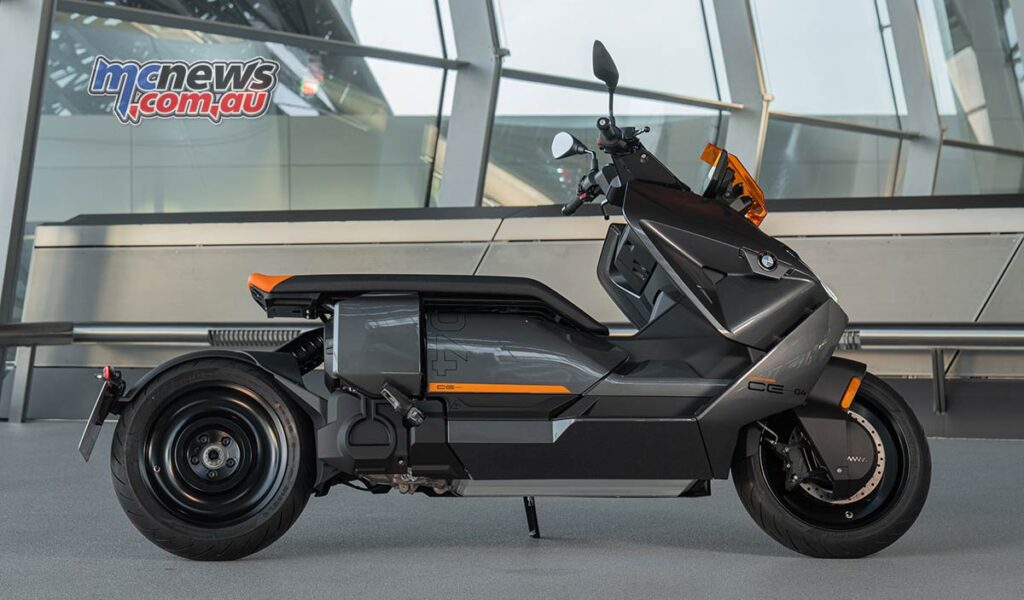
“Time will change this cost-benefit analysis as technology improves, or petrol starts multiplying in price, but right now EV motorcycles and scooters just don’t add up when it comes to cost, convenience or performance. They are a very niche product within an already niche market that is motorcycling in this country.
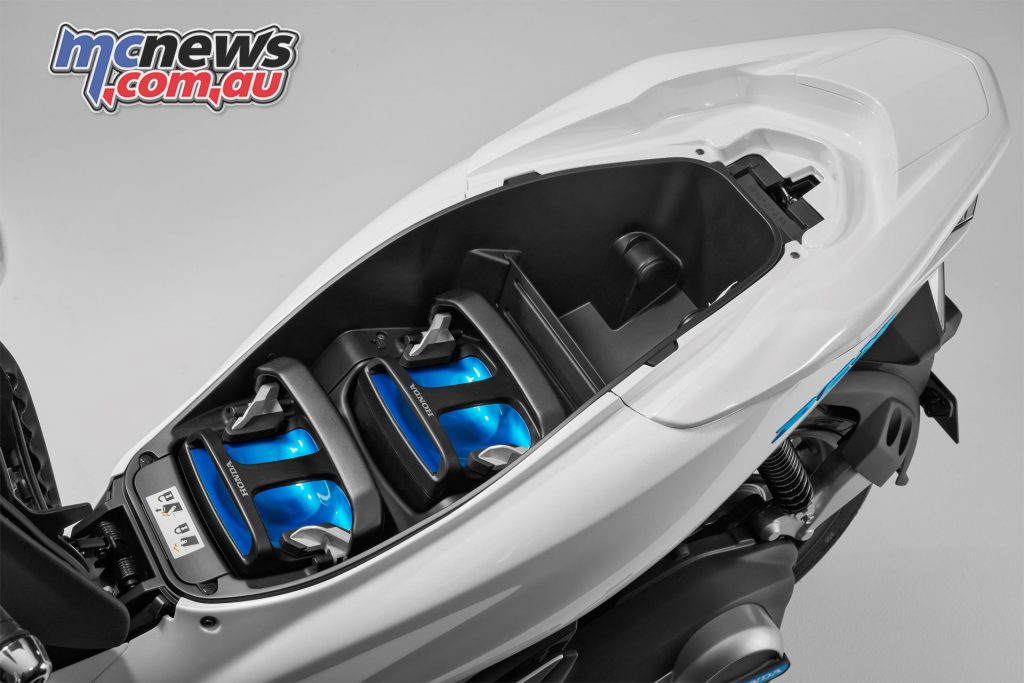
“Hot swappable battery technology, the likes of which some brands are already working together on, would be a real breakthrough in regards to the viability of electric motorcycles becoming truly practical in the short term. Being able to drop into a charge point and simply pull a battery out and replace with one already fully charged to get back on your way. This would enable refuel times comparable to petrol powered motorcycles.
“Essentially this could also help reduce the cost of entry as manufacturers could sell their electric scooters or motorcycles, then the buyer simply take up a battery lease program where they have constant access to batteries but without the up-front capital cost of purchasing their own battery. This option is starting to build steam and is referred to as ‘Battery as a Service’. Kymco have already rolled this out in Taiwan where they already have over 2000 swap stations with their system called ‘Ionex’.

“From my scribblings here you would think I am against change, I am not. I look forward to something like the CE 04 becoming as affordable as an XMAX 300. I look forward to the improvements in battery technology that are coming which will really shake things up. I look forward to agile light-weight enduro, motocross and trials bikes that are whisper-quiet and offer comparable performance to that available from the current petrol powered options.
“That said, I think the chances of being able to tour Australia on an EV motorcycle without meticulous planning and constant range anxiety might not even happen within my life-time. But who knows, I have been running MCNews.com.au now for over 20 years, and may revisit this piece in a Throwback Thursday come 2040, or even earlier, and announce that I was wrong…
“I do take significant umbrage though at authorities and agencies enforcing this change and shoving it down my throat before it becomes truly affordable and viable in the real world. But this is where we will be as manufacturers respond to government pressures and stop making new internal combustion engine powered vehicles. Euro6 will essentially kill new petrol powered vehicles of all types stone dead.
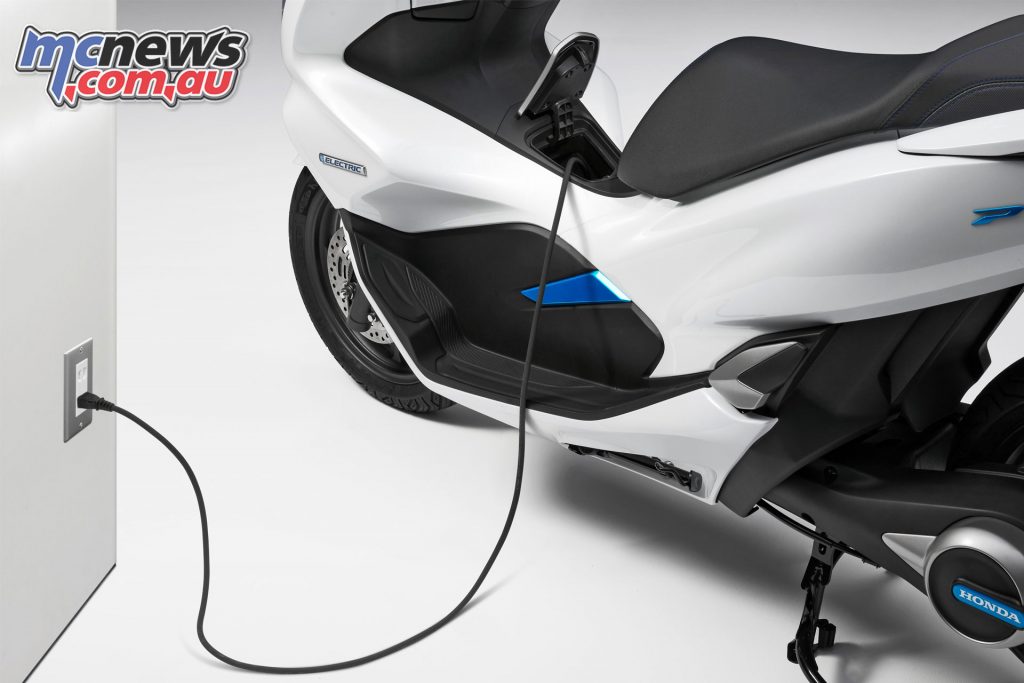
“We also have groups lobbying government to not only waive stamp duty, import duties and luxury car taxes for electric vehicles, but also force property developers to install EV charging points in their parking bays and have taxpayers stump the bill to install charging points in public car parks. Thus EV early adopters effectively are seeking everyone to underwrite their eco warrior sanctimonious self gratification exercise, then they want the power for free too! Power that was probably made by burning coal in the first place anyway!
“As we approach the year 2030 the shift away from internal combustion engines will increasingly gather steam (did you tell how much I love steam power LOL) as we approach that real tipping point for the transition away from fossil fuel powered transportation. This month UK authorities announced a ban on the sale of new petrol powered motorcycles from 2035 and various other announcements have been, and will be made around the world that will sign the death warrant on motorcycling as we know it. But then we do have a new era of motorcycling to look forward to and I do that with an open, but realistic mind.
“Racing authorities are also heavily invested in preparing for change. We of course have MotoE already acting as a support class at selected rounds of the MotoGP World Championship and the FIM recently announced the creation of a new all-electric off-road championship. People are already joking that it will make for some good 15 minute races as even in racing EV ranges forces organisers to race distances that are a fraction of what petrol powered motorcycles race.
“Under changes that are actually coming into play now you will no longer have the ability to clear fault codes from your motorcycle, only an official dealer will have the power to clear fault codes. Want to dyno or tune your machine outside stock parameters? They are putting a stop to that now also. I understand that things are going to change, but we do need our own politicians to not blindly follow rules enforced by geographically small countries in their quest to be woke.
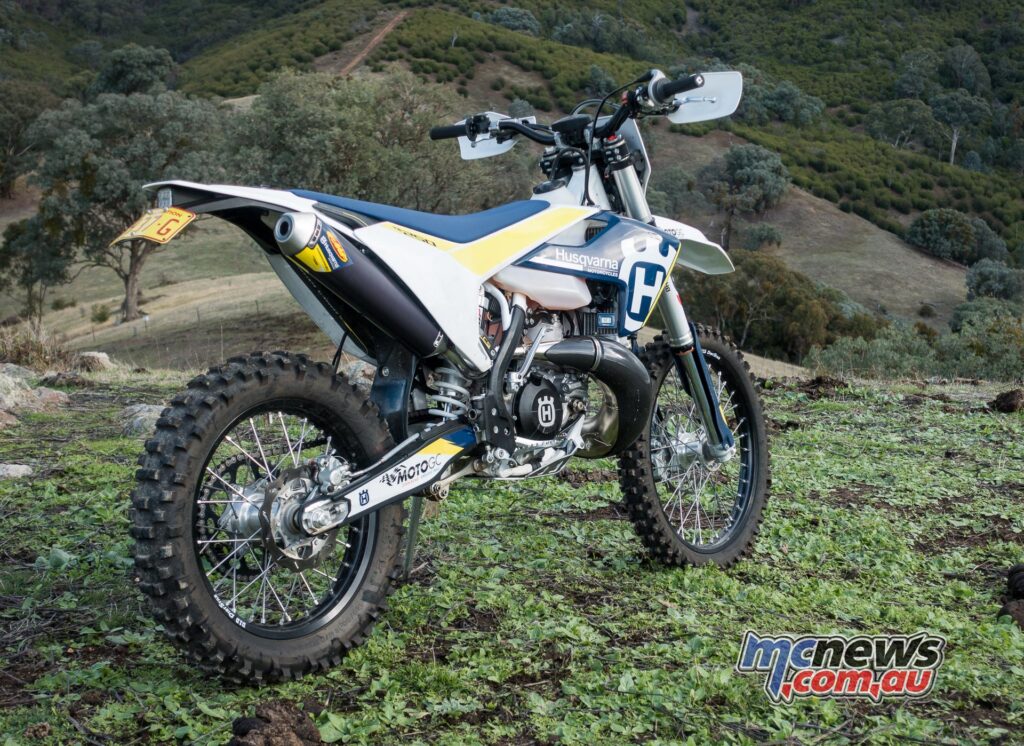
“I live on 100 acres and will do everything within my power to still be enjoying the visceral and emotional connection to motorcycle history that my 250 two-stroke Husky punches into my aural and olfactory senses even after the government tells me not to. I also have a supercharged V8 Ford that I might need to stockpile juice for in preparation for the days when the scenes presented in the first Mad Max movie become reality.
“Or if that ends up being too difficult, maybe I will have to settle for an old-school blown or quad-Weber fed push-rod V8 on an engine stand to start up and pay homage to as an object of worship over beers from time to time up the shed. Actually why wait, that sounds an awesome plan to put into action right now! Hold my beer!
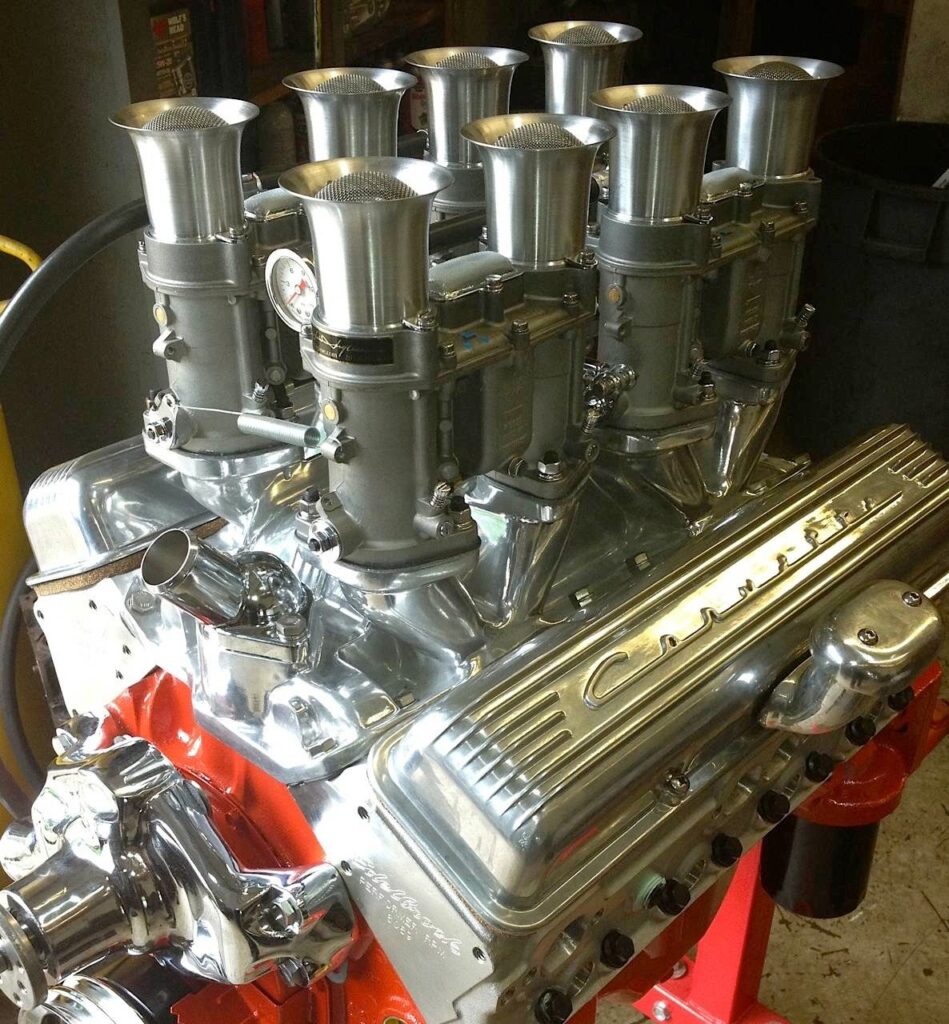
“Of course we could have a huge breakthrough in biofuel or synthetic fuel technology that extends the life of internal combustion engines. As for the ecological argument I don’t think motorcycles burning fuel make much impact in the grand scheme of things. Of course making the power to charge EV vehicles largely comes from coal fired power stations anyway.. Speaking of which, China is still building those coal fired power stations at an ever increasing rate and are responsible for almost 30 per cent of global emissions. Preventing people breeding and polluting the planet with more humans is probably the biggest positive impact we can have in regards to the health of the planet but the self-righteous moralising greenies don’t talk too much about that…”
Right of reply
Now as Trev is obviously not all Greta Thunberg enlightened and stuff, we thought we might seek some opinions from a couple of people in the know, a couple of fellas that have their fingers in the currents of this EV stuff. And first cab off that electrified rank is Dennis Savic.
Dennis Savic
Dennis Savic is a homegrown visionary that has had the balls to design, manufacture and now market his own brand of electric motorcycles.
Like me, Dennis hails from Perth, but where I first headed east to join the Defence Force at the young age of 16 as that was the only way to earn an adult wage at such a young age that would enable me to spend all of said wage on fast motorcycles and cars. Dennis instead studied mechanical engineering and then gained an M.B.A. before assembling a team of young engineers to bring to reality his dream of producing his own motorcycles.
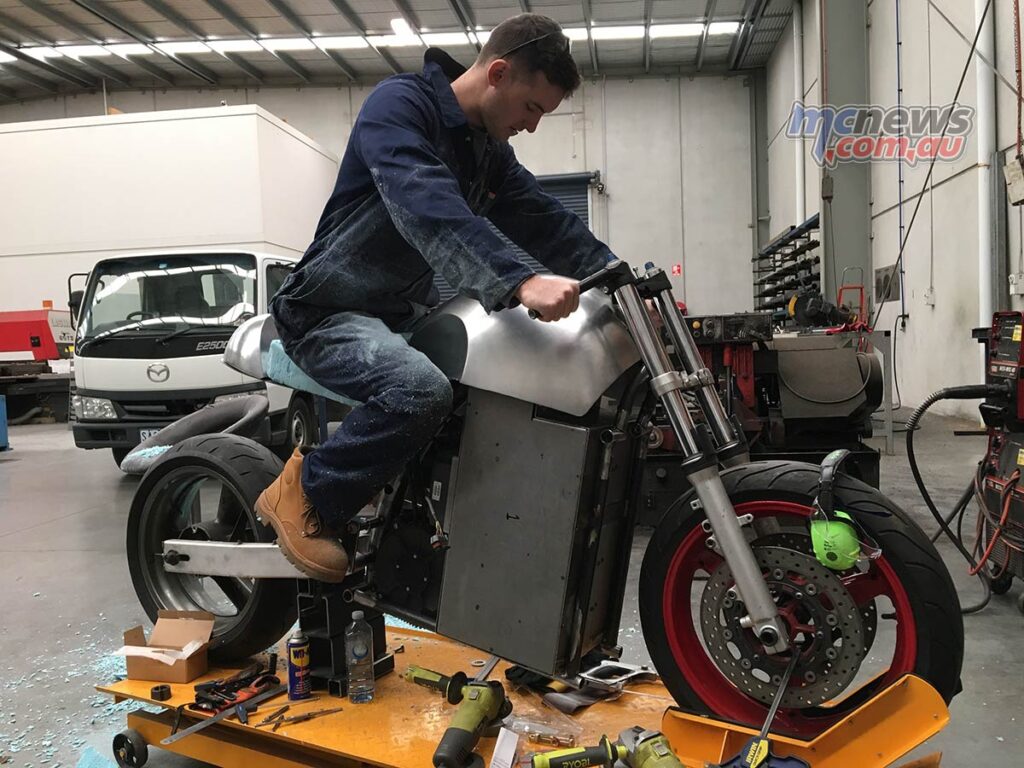
Obviously we both share a passion for motorcycles but come from very different backgrounds and lived experiences. At 29, Dennis is also 20 years younger than me but funnily enough, despite his life being invested in the production of EV motorcycles, he also has some reservations as to their real-world capabilities and current limitations. God I love using the word ‘current’ as much as possible when talking EV motorcycles…
Over to you, Dennis
“Trevor, thank you for including us in the conversation. Despite the two wheeled EV industry and this business consuming 90 per cent of my waking life, I should probably preface my comments by admitting I’m also a petrol head. My favourite cars include the ’69 Mustang Fastback, and my dream car is the Mercedes 300SL. My favourite bikes include the Triumph Bonneville Bobber and the Indian FTR, and a tonne of custom builds. I still love working on petrol vehicles for fun, so I guess I’m sharing that I empathise with common EV challenges and understand range anxiety well. Now, there are two primary issues that I believe we’re talking about: the first is range capabilities, and the second is pricing. While they are related, they can – and should – be considered separately.
Range Capabilities
“I agree with you that touring isn’t for electric motorcycles, and won’t be for a long time. Unfortunately, it all comes down to dollars and cents. And this is as true for the majority of customers as it is for any business. I’ll talk about EV pricing in a moment, but before I do I think it’s important for riders to actually take inventory of how often they go for cross-country rides and how often they go for long rides with their mates on weekends.
“The answer to the latter is probably far more often than touring the country. So what’s the average range of a weekend ride – 400km? 200km? Whatever the case, if someone does this kind of ride more than once or twice a year, they would need to consider having a second petrol bike to go and do hill runs. This could be rented or owned, but either way, it makes the rare weekend ride a very expensive hobby.
“I don’t know what proportion of the riding population never rides more than 200 km on a single ride, but I would argue that it is large enough for us to have enough of a business case to supply the Australian market. Business cases are assessed with rudimentary maths. How many can one sell, at what price, and what is the cost to make, distribute, and operate the business? Which brings me to the pricing challenges EVs face.
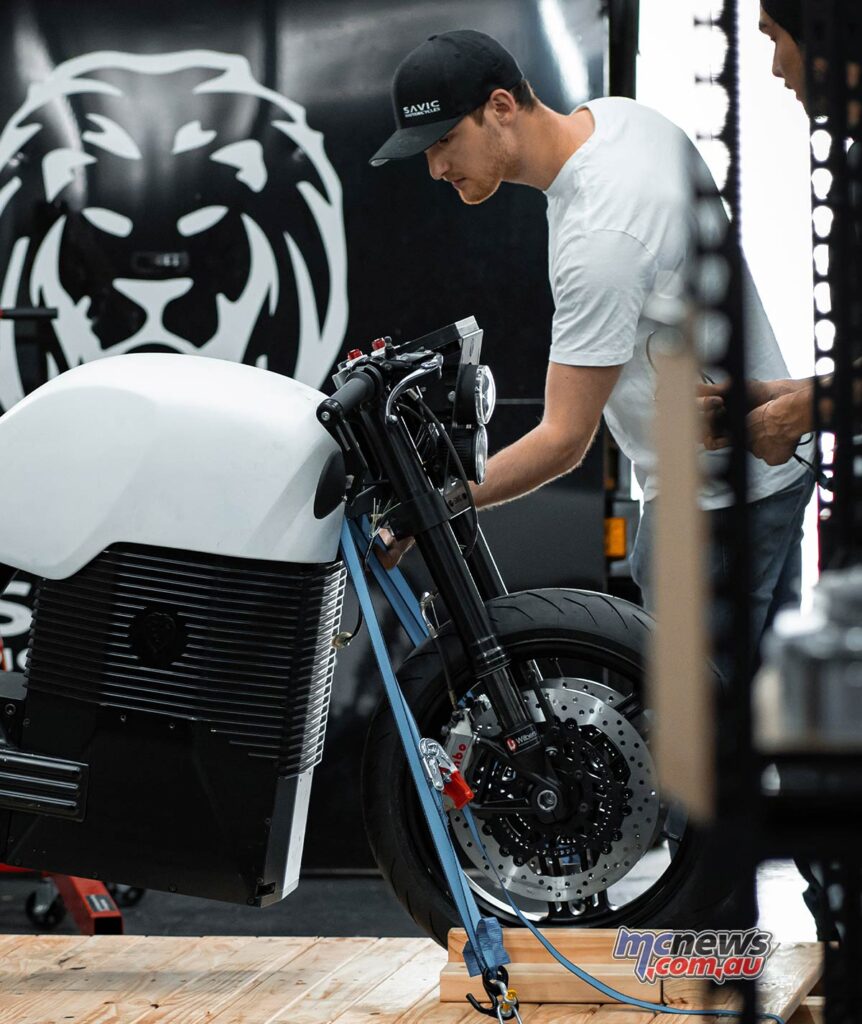
Pricing
“Most EVs are highly priced. Governments can ban petrol vehicles to try and force the shift, but this doesn’t flick a switch and make the supply chain cheaper. What makes the supply chain cheaper is volume manufacturing, and that’s going to take time. It’s a chicken and egg scenario. We need volume to decrease costs, but we also need sales to increase volume, and people aren’t buying because, like you say, EVs are expensive, which comes back to the supply chain. Government bans in Europe will help increase the volume/demand part of the equation, which is great – a fun problem to solve.
“With respect to Savic Motorcycles’ advertised prices, time and again, investors and potential investors have been telling me that our $23,900 price point for the Savic Alpha is too low. I argue that it isn’t. Our first bike, the C-Series Alpha, sits in the same price bracket as other new premium ICE motorcycles. My mission was always to set the price point to be competitive with existing ICE motorcycles, and then work our asses off to develop and implement our business case. When we figured we could, we got started and we haven’t slowed down since. With the cost of battery cells continuously dropping, our margin targets have slowly grown and simultaneously enabled us to offer our customers more capacity.
Today’s EV Motorcycle Customers
“I cannot speak for the LiveWire riders in Australia, but I think most people will agree the $50k price tag is pretty hefty. What I can say is that we at Savic Motorcycle have sold out our first production run without a single test ride. Whether that’s due to our design, price, or our being Australian is hard to say – to be fair, it’s probably a mix of all three.
“I have personally spoken to most of our first customers because we’re an early-stage business. All of them understand the charging limitations, and almost all put their orders in with the intent of charging at home overnight. This indicates that they either have a second bike, or don’t do hill rides. But they want a sexy bike (if I say so myself) to get around town on – and to do the occasional longer ride.
“A couple of our customers are lifelong Harley riders. This absolutely shocked me. Why did they place an order for one of our bikes? The truth is, they loved the design above all else. The fact that it was electric and reasonably priced was just a bonus.

“Everything is in flux at the moment. Market segments, customer profiles, products. No one knows what is going to happen in 20 years. People can just speculate. A company like ours has an advantage because we’re small and nimble, and can pivot our product strategy at the drop of a hat without huge negative repercussions with excess inventory, or thousands of engineering hours spent in product development.

“So will eMotorcycle ranges change much in the next five years? Unlikely if you still want to have a bike that retails at some astronomical price. Will the price come down dramatically over the next five years? I don’t think the price will come down too much, but you will see many more entrants in the market due to the cost of manufacturing dropping. Will the big OEMs come to play soon? Maybe – but they’ll have to massively up their game if they want to produce a decent bike!
“I also know Chris Jones well and it’s been a long time since we’ve spoken. “Hi Chris!!”
Chris Jones
The next fella I thought of charging with a reply was my old mate Chris Jones. Another Western Australian!
Chris is a mad scientist that first specialised in plant biochemistry but then diversified into working with battery technology and electric motorcycles.
In fact, Chris, with the help of a couple of friends made his own electric motorcycle that his team raced in the eFXC Championship that first ran as a support class alongside Terry O’Neill’s Formula Xtreme Road Racing Championships in 2014.
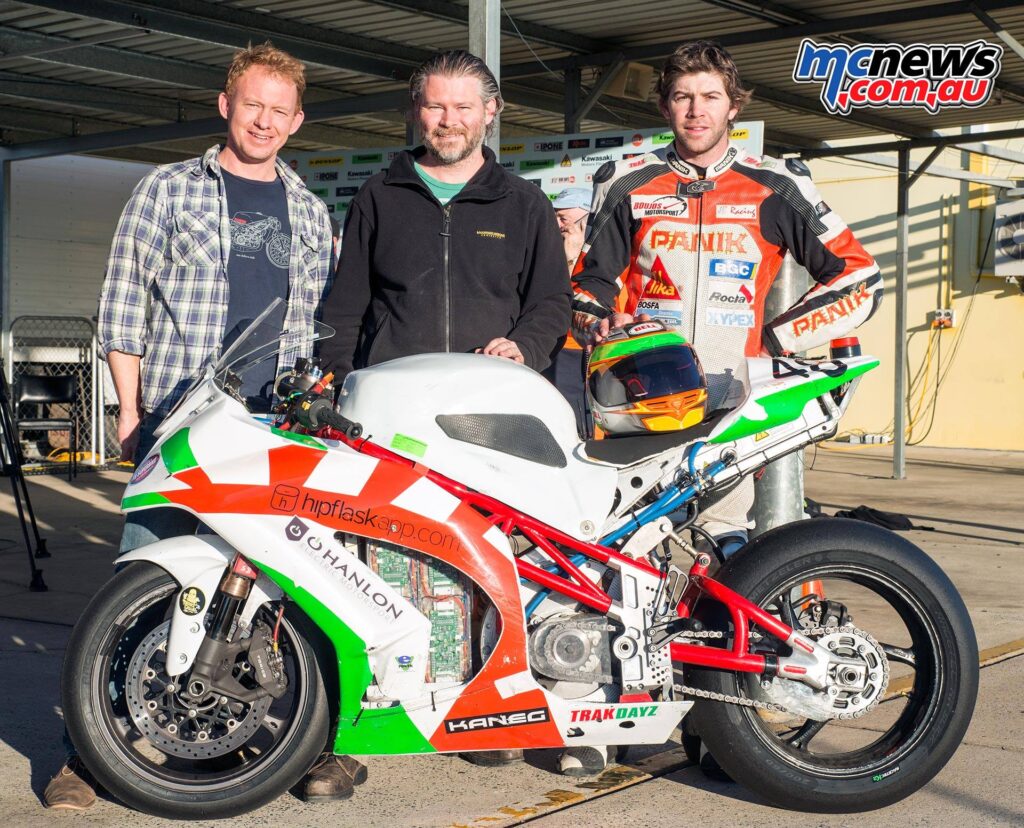
The next year Chris formed a company with Mike O’Hanlon called ‘Voltron Motorcycles Pty Ltd’ with the aim of developing a motorcycle and battery system that will eventually enable them to manufacture electric superbikes. The small matter of having to earn a living and pay bills has slowed their progress but the dream remains alive.
Chris has also been the National Secretary of the Australian Electric Vehicle Association for the past five years and was instrumental in the design, build and installation of The RAC Electric Highway that links Perth to the south-west coastal town of Augusta via a network of publicly available charging stations.
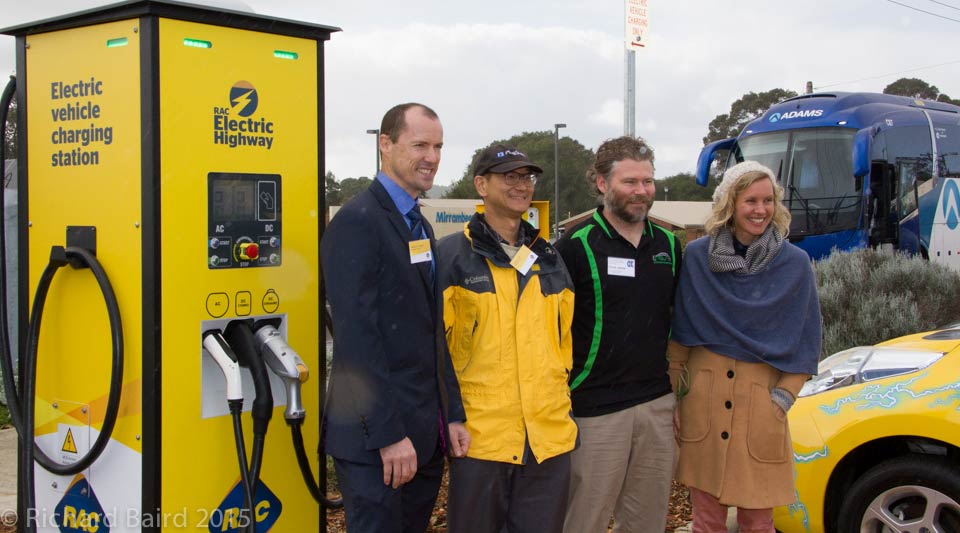
Chris is also currently working with the WA Government with the aim of having DC fast-charging stations installed around the state. Knowing their Premier maybe he will also get Chris to put an electric fence around Western Australia to keep the plague-ridden eastern stater types out!
Clearly Chris is heavily invested in EV technology and is well and truly plugged into the scene and thus I thought his views on the subject might be interesting to hear.
Take it away Doctor Jones!
“Not long after man walked out of the jungle, he developed an unhealthy obsession with burning stuff. Unsatisfied with burning half the vegetation on planet Earth, he discovered an even more energy dense fuel beneath his feet. Coal and oil allowed him to burn stuff with so much heat, for so long, he could literally throw 80 per cent of the energy away and still push a machine down the road. Mankind has since built almost 4 billion such machines, and 1.4 billion are in active service today. Roughly 400 million of these are motorcycles. Evolution baby!
“But this 250-year bonfire has resulted in two very serious problems. One, the poisonous smoke from these internal combustion machines is literally killing us. Acute respiratory disease caused by automobile pollution kills at least 8.7 million people every year worldwide. Air quality is so poor in many Asian cities the recommendation is to stay indoors and wear a mask. The other problem – arguably the more chronic one – is that the trillions of tons of carbon dioxide released after burning all these fossil fuels has been trapping heat in our atmosphere; raising the temperature by about 1.2°C already. If nothing changes, we’re set to pass 5°C by 2050. We are already bearing witness to the impacts – floods, heatwaves, sea level rise, devastating bushfires and of course, the inevitable extermination of large swaths of living beings.
“So if you’re wondering why administrations around the world are keen to halt the production of internal combustion engines, by force if they must, it might be because they have a duty of care to prevent pain and suffering of their citizens. People rightly expect their leaders to respond to such global existential challenges, even if they are of our own stupid doing. But these same administrations are also acutely aware of how hopelessly dependent we are on the automobile. Food, medicines, building materials, textiles and telecommunications; you name it – motorized and wheeled transport makes it happen. Fortunately, we have an alternative technology to the internal combustion engine, and given our collective reluctance to assume responsibility for our profligate ways, the electric vehicle is arguably the least-worst option to replace it.
“In looking at the two most pressing problems – air pollution and global warming, electric vehicles are an obvious solution to the former, and as the electricity grid continues to get cleaner, also a useful tool in addressing the latter. So which vehicle is most commonly seen battling the streets of our most congested cities? The humble motorcycle. If ever there was a prime candidate for electrification, this is it.
“The 2035 phase-out is actually quite conservative – we’ll hit that target well beforehand. 2035 is a long way off, given the huge advanced we’ve already seen in EVs in the last decade. The vehicles will both get better and cheaper, and motorcycles will be in that graduating class. The ultimate commuter would be an electric motorcycle with about 40 kW of peak power and about 15 kWh worth of battery. This would give it over 150 km of quiet, emission-free city range. Longer rides will necessitate a bigger battery, and more regular DC fast chargers for rapid refills along the way.
“So when can we expect to see an electric motorcycle capable of steering me from Perth to Phillip Island in under 4 days? Well, probably when two things happen: Firstly, when DC fast chargers can be found at every roadhouse across the Nullarbor, and secondly, when batteries allow over 20 kWh to be conveniently stored on the bike. On the first point, DC chargers are being rolled out around the country, and the east-west route will certainly be completed well before 2024 if I have any say in it. The second point is actually a matter of budget more than technology – sufficiently energy dense batteries already permit a 230 kg bike to house a 100 kg battery, capable of 200 km at highway speeds. The issue is mostly cost and right now, a $50,000 bike capable of the same metrics as a $12,000 ICE bike is a hard sell.
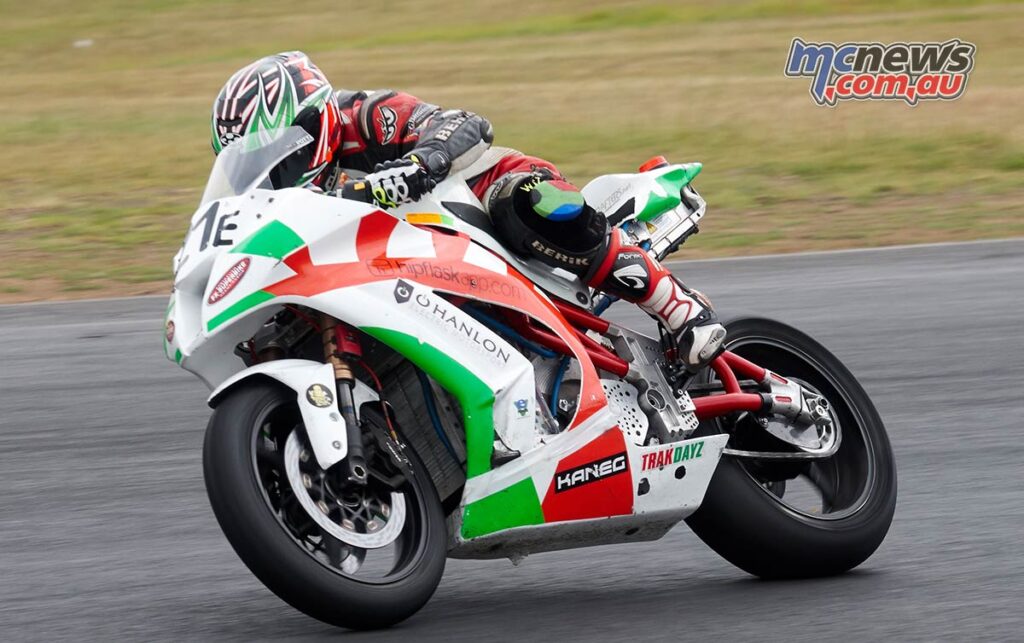
“Cost is a funny thing when discussing motorcycles, as we’ve all spent way more than we ought to on bikes that deliver immense joy. Still, we harbor no regrets. Take Honda’s 2021 CBR1000RR-R SP machine; it’s the ultimate track weapon with 214 hp and checking in at 201 kg. At a mere $50,000, it’s not exactly cheap. But other than 70 years of Honda engineering prowess, our home-built electric race bike, Voltron Evo stacks up surprisingly well. 214 kg, 230 hp and a similar build budget, a competitive lap time wasn’t that far off. It was worth every cent in that regard…
“However right now, our collective desire to own machines capable of roadtrips our grandparents could never dream of is taking its toll on the planet we call home. We owe it to the next generation to stop burning coal and oil. It’s that simple. Extinguishing the epic, self-inflicted house fire we started 200 years ago really ought to take precedence over our desire to circumnavigate the country in under a fortnight. We need fewer vehicles, and all of them should be electric. Electric motorcycles and scooters are the perfect solution for urban travel, while longer range machines are on their way.”
Well there you have it, three opinions with three different viewpoints. Feel free to add your considered opinion using the comments section below. Or if you have a well detailed piece that will further enlighten our readers feel free to get in touch with us with a view to consideration for publication.
Source: MCNews.com.au
